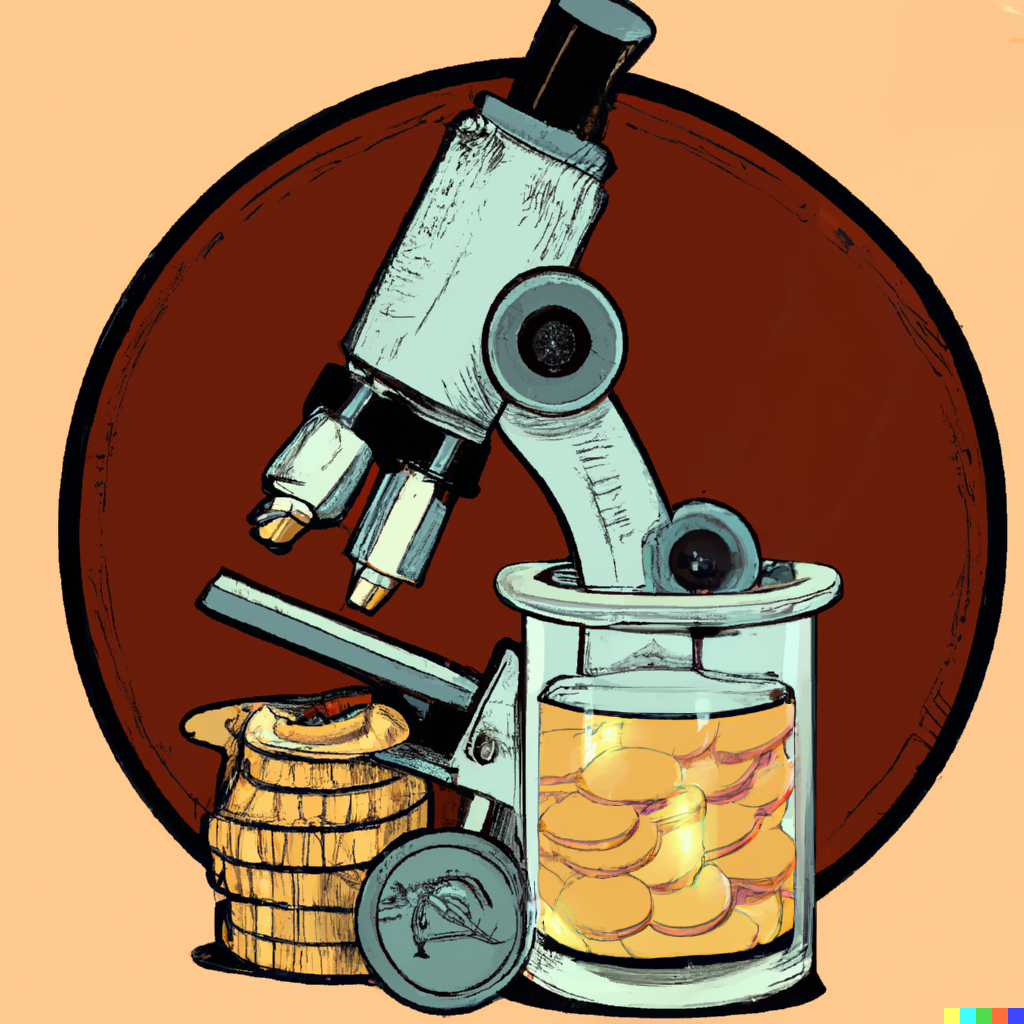When I was a child, my family moved to the woods where our house relied on a well for water. Unfortunately, the well water didn’t taste very good; consequently, my father decided to install an RO system. Discontent with the upkeep cost of the RO system, he bought a countertop water distiller, similar to this one. You fill it with a gallon of water and sometime later you get a gallon of distilled water that tasted significantly better than the tap water. We would then transfer this water into a jug (with a tap) and store it in the fridge. Growing up drinking water from that jug, I developed a preference for the taste of distilled water. As a result, when I moved out, I bought a countertop distiller, which I continue to use today.
When I started this hobby, I was pleasantly surprised to learn that distilled water is arguably the most utilized tool in the field. I had virtually an endless supply on hand. Distilled water is an excellent tool for cleaning ancient coins. It serves as a gentle solvent that doesn’t damage the coin but allows many of the deposits on ancient coins to leach into the water. This process softens the deposits, making them easier to remove. However, the water must be replaced regularly as it works best when fresh. This is because, as minerals and compounds dissolve into the water, it becomes a less effective solvent, and eventually, the water and deposits reach equilibrium. It is commonly suggested to replace the water every few days. However, I tend to replace mine every few weeks to once a month, due to either forgetfulness or a lack of diligence.
- How often do you change the water in which your coins are soaking?
- What is your source for distilled water?
- Do you use something else for long-term soaks?
- Do you soak your coins at all?

